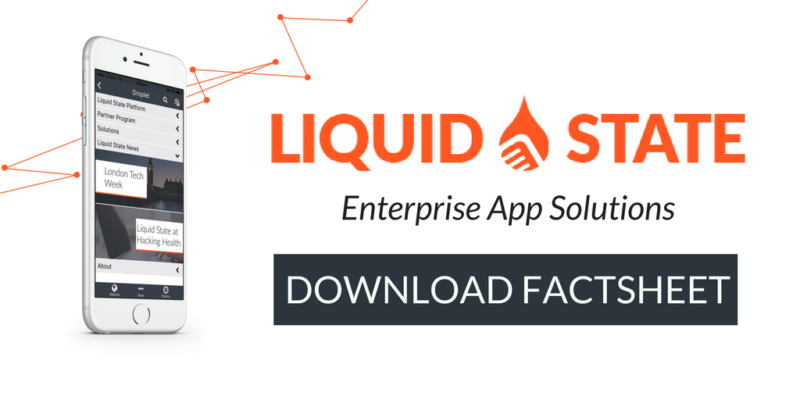App Onboarding: What Is It and Why Do We Need It?

Onboarding is one of the most critical phases in an app user’s journey. App onboarding is primarily the first point of contact and therefore is essential for making a great first impression. As a result, it is important to make this process as simple and seamless as possible.
According to Go-Globe, 85% of people now prefer native mobile apps to mobile websites. However, it is difficult for new users to intuitively know how to navigate and get the most from a native app. This is where user onboarding comes into play. Onboarding is an important feature that helps guide your users through and familiarise them with the app. This process enables businesses to strategically communicate with their users, expressing the app’s value and facilitating a positive user experience.
What is Onboarding?
The onboarding process is essentially a series of screens which direct users through an app interface. These onboarding screens have three purposes:
- Educate the user about the functions and benefits of the app,
- Allow the user to register their login details, and
- Collect profile information that can be used to deliver personalised content and notifications.
Onboarding Example – ‘Love Food’ App
Types of Onboarding
#1 Benefits-Oriented Onboarding
Onboarding that demonstrates the benefits or value the user will get from the app, in an attempt to encourage conversion. This approach describes what the app does without explicitly stating how to use the app.
#2 Function-Oriented Onboarding
With a focus on app functionality, this approach teaches the user how to use the app. More specifically, function-oriented onboarding shows users how to get started and how to perform common actions.
#3 Progressive Onboarding
This approach shows users new information as they progressively navigate through the app. The information displayed on the screen at the time is in relevance to the page the user is on.
No matter what the approach, onboarding should empower users and encourage them to learn through exploring the app interface.
Why is it important?
[clickToTweet tweet=”#App #onboarding can help facilitate a positive #userexperience essential for app #retention” quote=”App onboarding enables businesses to facilitate a positive user experience, creating a successful first impression essential for app retention”]App onboarding allows businesses to optimise a user’s first interaction with an app. Creating an engaging first-time and positive user experience is fundamental to app success and fostering ongoing user engagement. Users quite often lose interest when an app is confusing and difficult to navigate. Utilising app onboarding helps make the first-time user transition as seamless as possible, minimising potential pain points.
Related How to Improve User Experience and App Retention
Onboarding Best Practices
If onboarding is a part of your app strategy, take into consideration these 4 best practices:
#1 Use Fewer Words
It is important not to overwhelm users with too many input fields at once. In order to keep users engaged and paying attention, make sure copy is short and to-the-point. Simply tell the users what they need to know in as few words as possible. A good guideline is no more than 10 words on a screen at one time.
#2 Be Adaptive
The onboarding process should be warm in tone, simple and quick. Try to adapt your messaging based on the actions of the user, making the experience as intuitive as possible. What works best is dependent on the complexity of your product, and the savviness of your users.
#3 Communicate
Short tips and notifications can be a good way to guide new users through the process. However, steer clear of surprising them with unexpected pop-ups or messages. Instead, try and prepare users for any upcoming steps. Communicate how much is left in the process and acknowledge your users when they complete a step. This will help encourage them to finish and complete the onboarding process and will provide a more fluid experience. Remember to also make users feel welcome and to thank them for their time.
#4 Monitor & Track
Monitoring usage and app analytics can help provide insight into which users are experiencing problems in the app and where. Tracking where users succeed and fail during the onboarding process can help you mitigate any potential pain points.
Related How to Build an App: The Process Behind App Development
Related Strategies for Successfully Launching and Marketing an App
Have you found the right app development platform to execute your mobile strategy?
At Liquid State, we understand the importance of implementing enterprise mobile app software as a part of corporate strategy. Our platform empowers businesses to build native code-free, cross-platform apps for a variety of business functions. To find out what Liquid State can do for your business, get in touch with us today.


